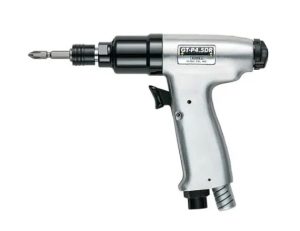Our Location
304 North Cardinal St.
Dorchester Center, MA 02124

The function of manual impact screwdriver
A manual impact screwdriver (also known as an impact driver or impact screwdriver) is a specially designed screwdriver tool. Its main function is to provide extra impact when turning the screw to help overcome friction and corrosion between the screw and the workpiece. Or difficult situations such as fastener jamming.
The following are the main functions of a manual impact screwdriver:
Increase Torque: In some cases, a screw may be difficult to turn due to rust, age, or a tight fit against the workpiece. Manual impact screwdrivers use their internal impact mechanism to provide an instant impact when rotating, thereby increasing the torque acting on the screw and making it easier to rotate.

Save time and labor: Using a traditional screwdriver can require a lot of time and effort when tightening or loosening stubborn screws. Manual impact screwdrivers use their impact power to complete these tasks quickly and efficiently, saving time and labor.
Reduced risk of damage: When trying to turn a stubborn screw with a traditional screwdriver, you can damage the screw head or the screwdriver itself if you use too much force. A manual impact screwdriver applies force more evenly through its impact, reducing the risk of damage.
Adapt to different scenarios: Manual impact screwdrivers are suitable for various scenarios, including car repair, home repair, machinery manufacturing, etc. In these fields, it is often necessary to handle a variety of different types of screws, including screws that are difficult to rotate.
Portability and ease of use: Manual impact screwdrivers are typically designed to be lightweight and easy to carry and operate. This makes it a convenient tool that can be used anytime and anywhere.
In short, the main function of a manual impact screwdriver is to help overcome difficult situations such as friction between the screw and the workpiece and fastener jamming by providing additional impact force, thereby saving time, reducing the risk of damage, and adapting to various repair scenarios.